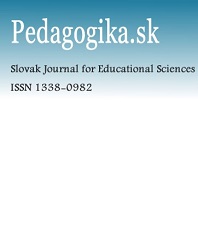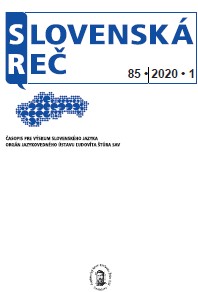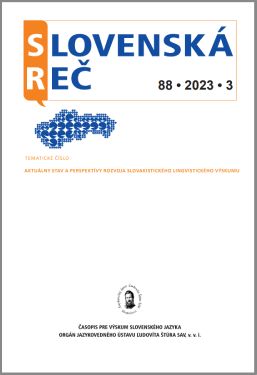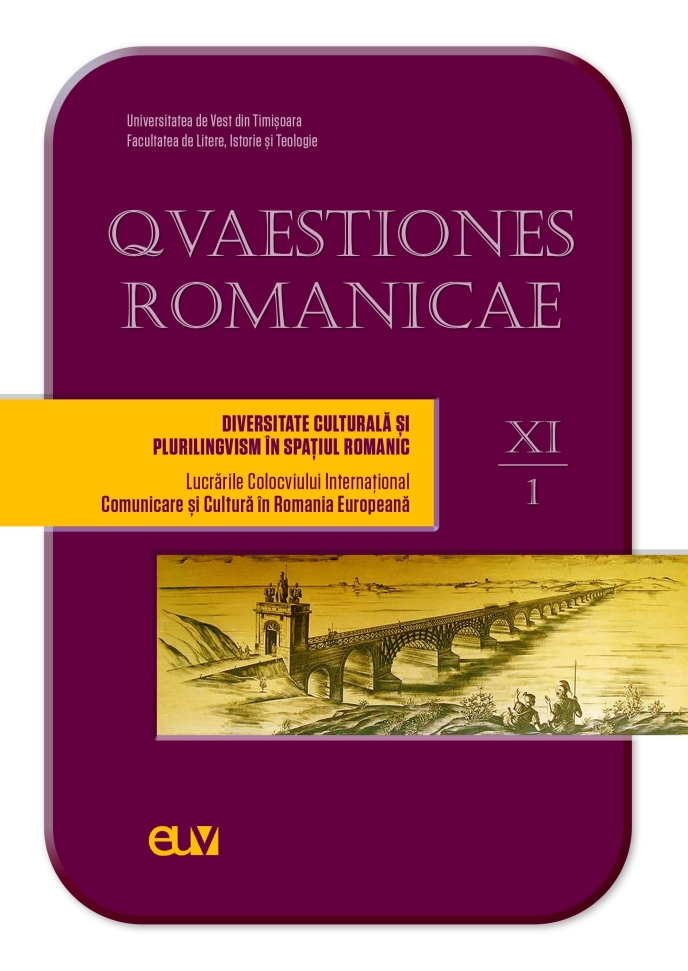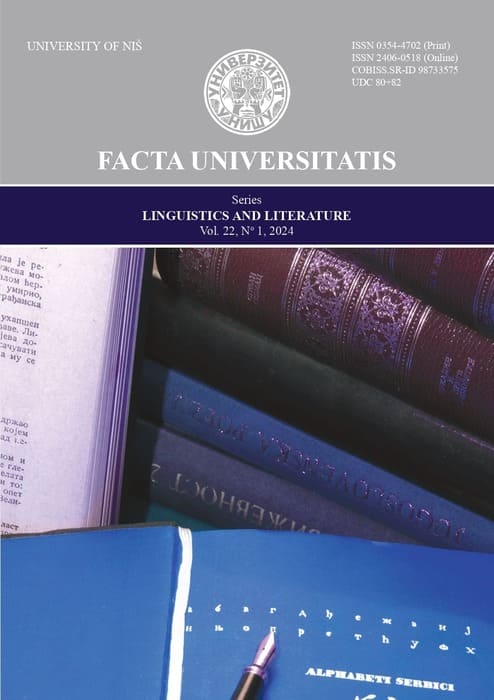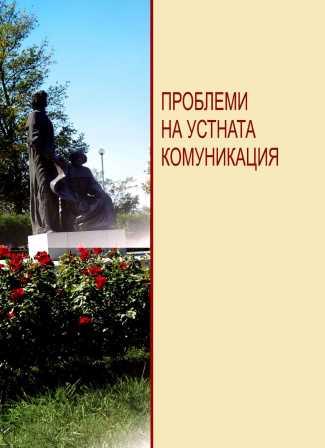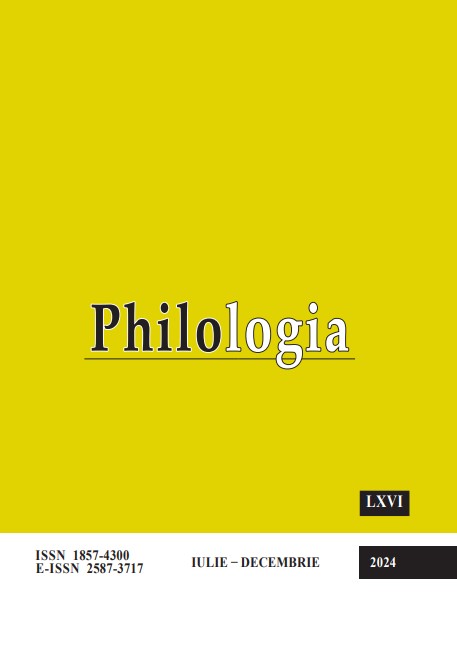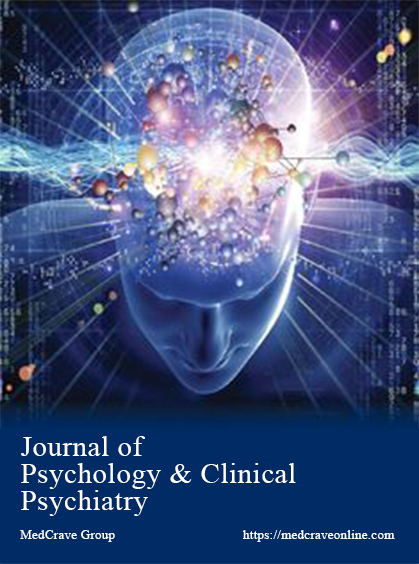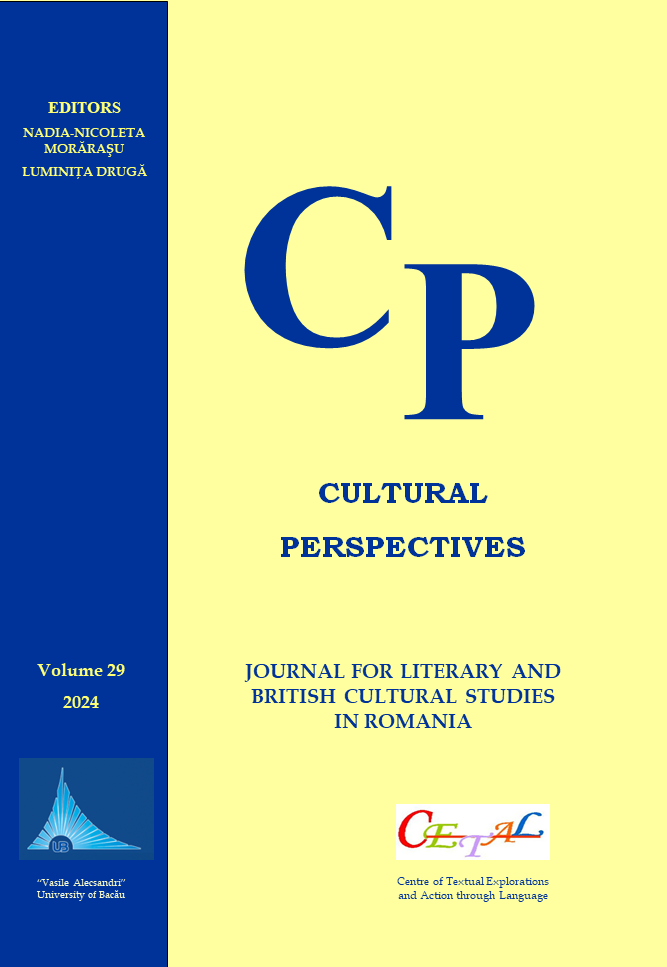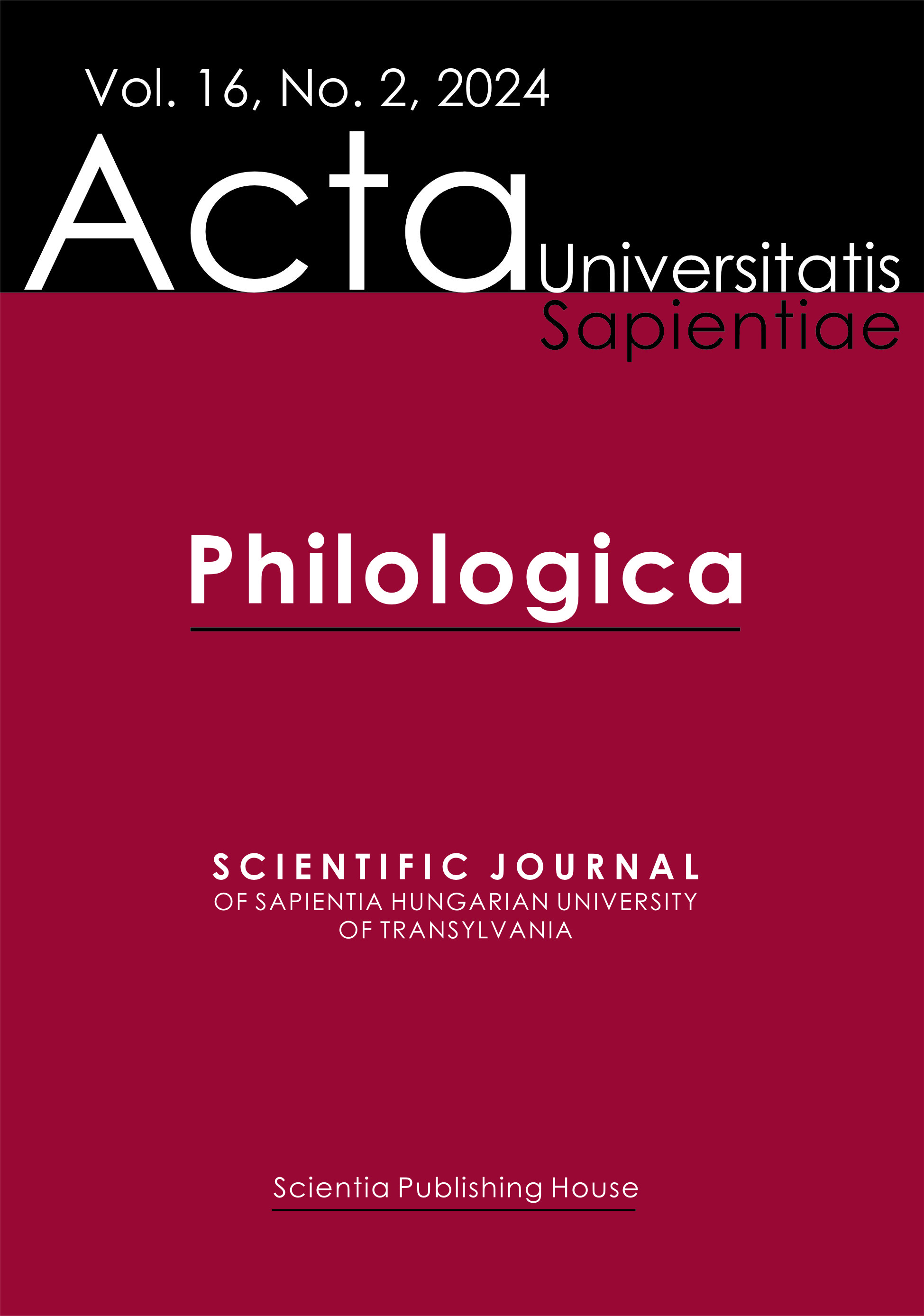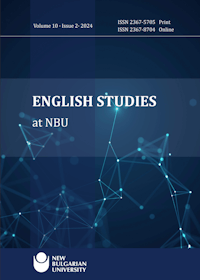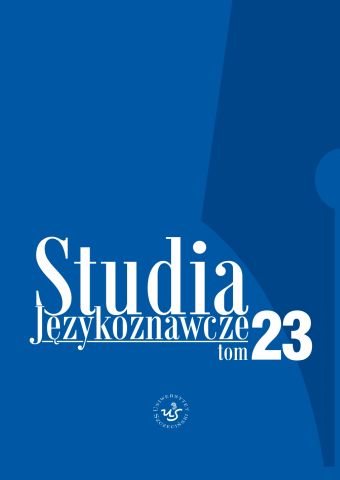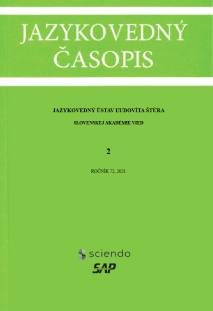
Acquiring word order in Slovak as a foreign language: Comparison of Slavic and Non-Slavic learners utilizing corpus data
The paper deals with the acquisition of Slovak word order in written texts of students of Slovak as a foreign language. Its attention is focused on identifying the correct and incorrect placement of enclitic components, and their erroneous usage is analysed with respect to different investigated variables (types of enclitic components, types of syntactic construction, distance from lexical/syntactic anchor, and realization in pre- or post-verbal position). The paper also pays attention to the error rate regarding individual proficiency levels of students, and error distribution in two language groups, Slavic and Non-Slavic learners, is compared.
More...
